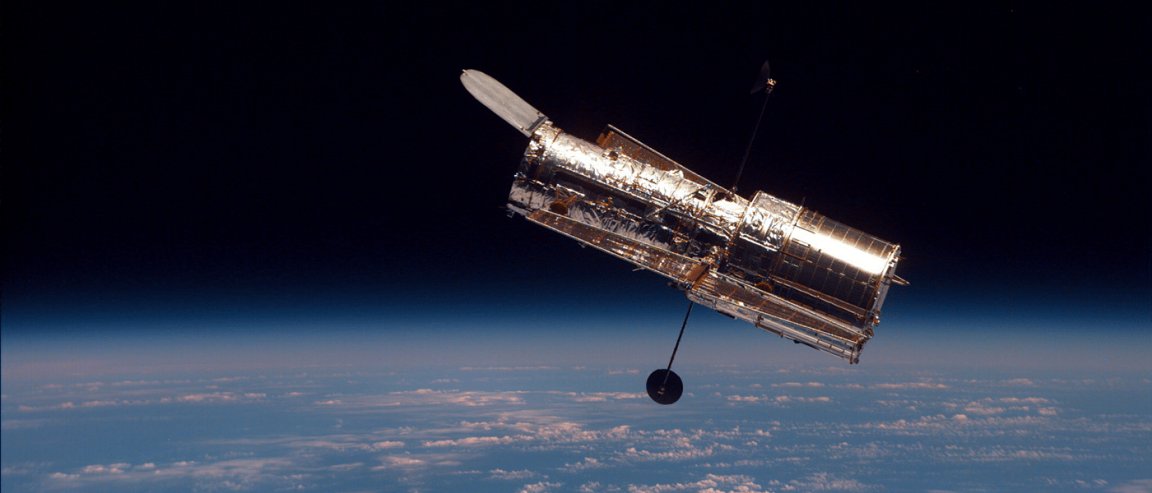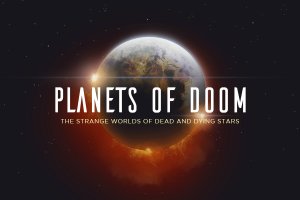
The Hubble’s Successor
More than 25 years ago, NASA launched the world’s first space telescope so we could more closely study surrounding galaxies. The Hubble Telescope has so far made over 1.3 million observations, many of which have provided invaluable information to astronomers and other researchers. However, within the 2020s, the Hubble is expected to phase out. So in 2018, NASA will send up a replacement. But how does the Hubble’s successor stack up? Can it live up to the legacy of human kinds’ first eyes in space?
The James Webb Telescope was named after the NASA chief who lead the agency during the 1960s, retiring just before the Apollo mission put a man on the moon. Webb was instrumental in expanding our knowledge of our galaxy, and NASA hopes that the telescope bearing his name will help them to gain insight into the formation of galaxies beyond our own.
By design, the Webb is “bigger and better” than the Hubble: it has seven times the collecting power and can function at temperatures as low as absolute zero — which is about as cold as it can get. But one thing the Webb can’t do that the Hubble can is view ultraviolet rays. The astronomers who study them utilize the Hubble’s data collection because, of course, the Earth’s atmosphere filters out UV rays.
What The Webb Can (& Can’t) Do
The Webb, while it will be able to see much that the Hubble cannot, is not a UV ray spotter. Over the next couple of years, astronomers studying those rays will need to get as much data from the Hubble as they can. NASA doesn’t have any specific plans to replace Hubble’s UV capabilities, but there are several other observatories that may be of use to astronomers who study UV rays that would be launched, at the earliest, in the 2030s. The Wide Field Infrared Survey Telescope (WFIST), which would be something like a wide-screen version of the Hubble, and the Transiting Exoplanet Survey Satellite (TESS) could help fill some gaps left by the Hubble — but only if funding for their missions is approved.

Between the Webb launch in 2018 and the retiring of the Hubble, there will be a spectacular — if not short — period of time where astronomers will be able to utilize both telescopes at the same time. The major goals of the Webb Telescope are to help astronomers locate the galaxies that formed our universe, observe the formation of planetary systems and stars from start to finish, and search for potential life in other parts of our Solar System as well as in any others we may encounter.
The Hubble will always have a revered place in history for its contributions to science, and for giving us some of our first glimpses of outer space. Through the Hubble, we saw corners of our universe that we never even knew existed. It’s thrilling to think that with the help of the Webb telescope’s sharp eye, things that we have only imagined could finally be revealed.